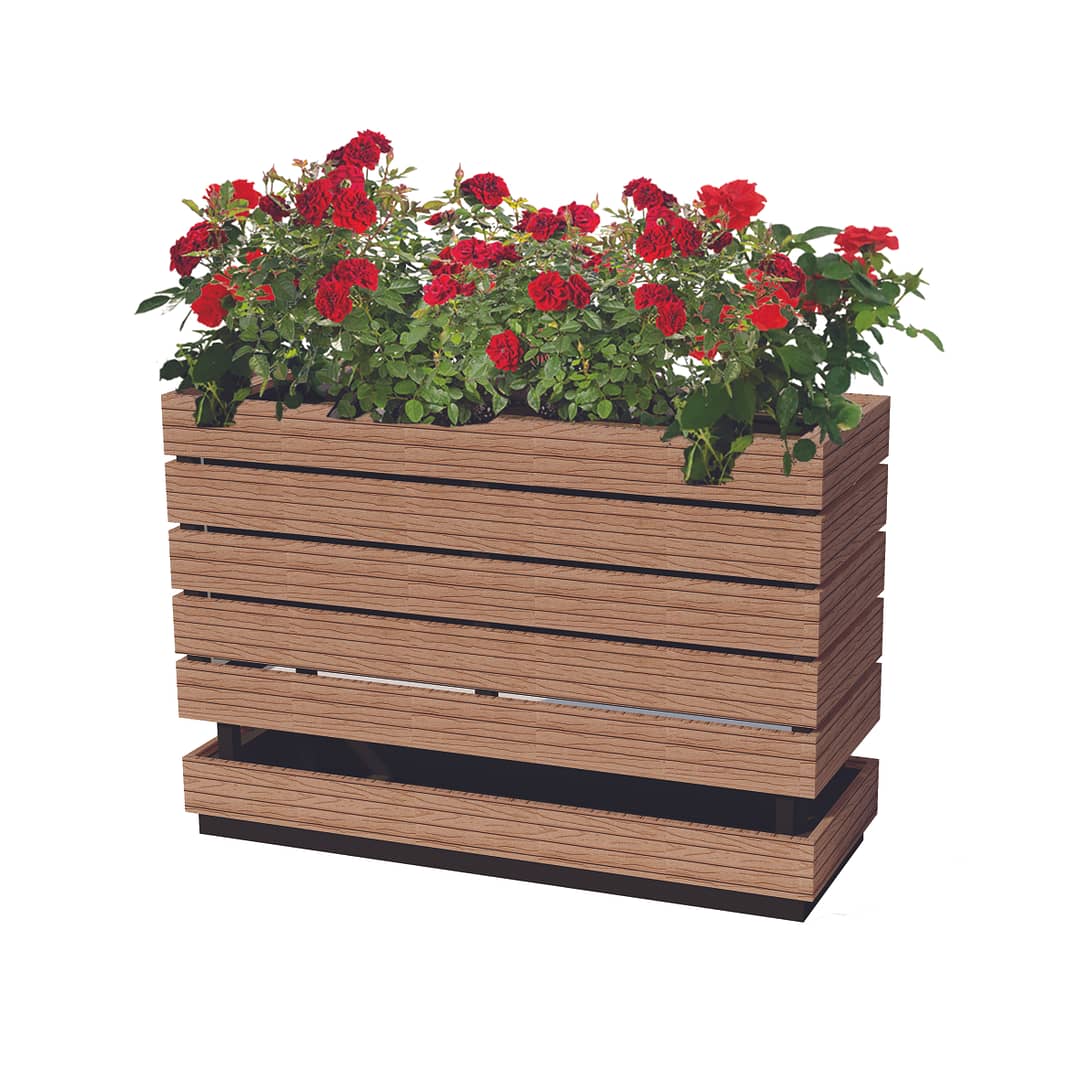what is wild roof garden?
A wild roof garden, also known as a green roof or a roofgarden, is a type of garden that is created on the roof of a building. It involves the cultivation of plants, including various types of vegetation such as grasses, flowers, shrubs, and even trees, on the rooftop.
Unlike traditional gardens that are typically found at ground level, wild roof gardens offer a range of benefits. They can help mitigate the urban heat island effect by reducing the absorption and retention of heat by buildings, thereby improving energy efficiency and reducing cooling costs. Additionally, they can help manage stormwater runoff by absorbing rainwater and reducing the strain on urban drainage systems.
Wild roof gardens can also provide habitat for wildlife, improve air quality by absorbing carbon dioxide and releasing oxygen, and contribute to the overall aesthetics of the building and surrounding area.
How is it different from other roof gardens?
The term “wild” in “wild roof garden” suggests that the garden is designed to mimic natural ecosystems, with a focus on using native and adapted plant species that require minimal maintenance and are well-suited to the local climate. This approach aims to create a more sustainable and biodiverse environment on the rooftop.
Overall, wild roof gardens are a creative and environmentally friendly way to utilize underutilized spaces in urban areas, promoting green spaces and contributing to a more sustainable and livable cityscape.
A wild roof garden, as I mentioned earlier, is designed to mimic natural ecosystems and often includes native and adapted plant species. Here are some ways in which a wild roof garden may differ from other types of roof gardens:
Plant Selection: Wild roof gardens typically focus on using plants that are native to the region or well-adapted to the local climate. These plants are often chosen for their ability to thrive on rooftops with minimal maintenance and irrigation requirements. In contrast, other roof gardens may incorporate a wider range of plant species, including non-native or exotic plants.
Design Approach: Wild roof gardens aim to create a more natural and ecological environment on the rooftop. They often incorporate diverse plantings that resemble a meadow or a mini-ecosystem, with a mix of grasses, wildflowers, and other vegetation. Other types of roof gardens may have a more formal design, with carefully arranged beds, hedges, and structured plantings.
Maintenance Requirements: Wild roof gardens are typically designed to be low-maintenance. The plant species selected are often hardy and require minimal watering, fertilization, or pruning. This is in contrast to some other roof gardens that may require more intensive maintenance, such as regular watering, fertilizing, and trimming.
Biodiversity and Habitat Creation: Wild roof gardens often emphasize creating habitat for wildlife, such as birds, insects, and pollinators. By incorporating a variety of plant species and providing shelter and food sources, wild roof gardens can support biodiversity in urban areas. Other roof gardens may not prioritize biodiversity as much and may focus more on aesthetic or functional aspects.
It’s important to note that the distinction between wild roof gardens and other roof gardens is not always clear-cut, and there can be overlap between different types of rooftop gardens. The specific design and characteristics of a roof garden can vary depending on factors such as the building’s location, purpose, and the preferences of the garden designer or owner.
Is it compatible with Oman’s climate?









